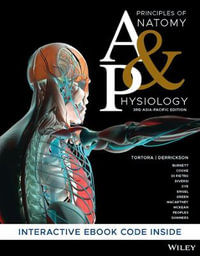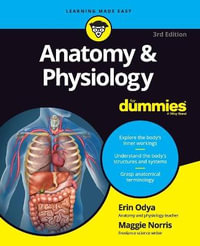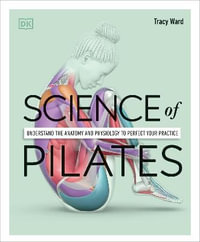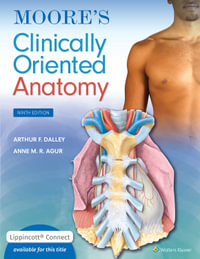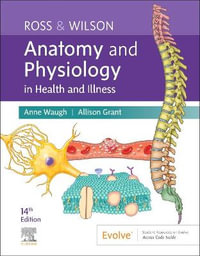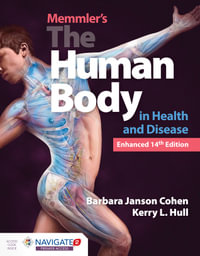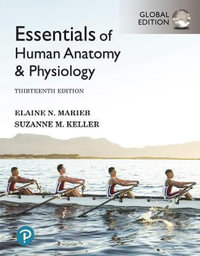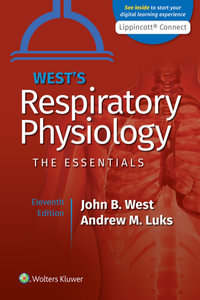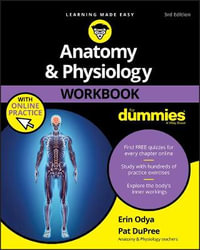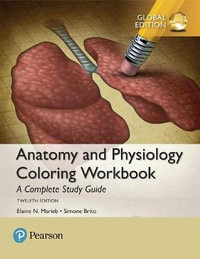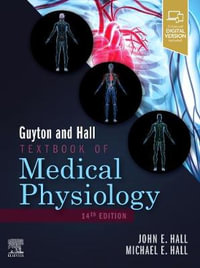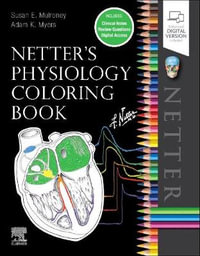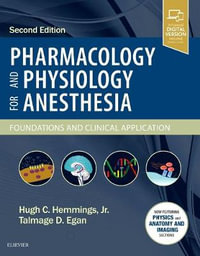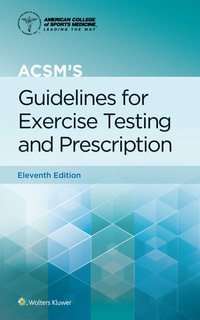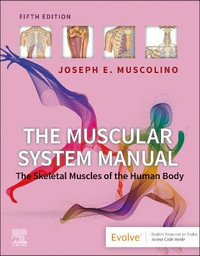The range of environments in which people can survive is extensive, yet most of the natural world cannot support human life. The Biology of Human Survival identifies the key determinants of life or death in extreme environments from a physiologist's perspective, integrating modern concepts of stress, tolerance, and adaptation into explanations of life under Nature's most austere conditions. The book examines how individuals survive when faced with extremes of immersion, heat, cold or altitude, emphasizing the body's recognition of stress and the brain's role in optimizing physiological function in order to provide time to escape or to adapt. In illustrating how human biology adapts to extremes, the book also explains how we learn to cope by blending behavior and biology, first by trial and error, then by rigorous scientific observation, and finally by technological innovation. The book describes life-support technology and how it enables humans to enter once unendurable
realm, from the depths of the ocean to the upper reaches of the atmosphere and beyond. Finally, it explores the role that advanced technology might play in special environments of the future, such as long journeys into space.
Industry Reviews
"Piantadosi's book is a superb primer in the field and deserves a very wide readership." --Physiology News
"This book is written in a lucid and accessible style and is eminently suitable for courses at the undergraduate or graduate level and would be also valuable...to anyone who designs equipment or plans for environmental exposures where human safety, performance, and survival are at stake." --Ergonomics in Design
"This book is written in a lucid and accessible style and is eminently suitable for courses at the undergraduate or graduate level and would be also valuable...to anyone who designs equipment or plans for environmental exposures where human safety, performance, and survival are at stake." --Ergonomics in Design
"Piantadosi's book is a superb primer in the field and deserves a very wide readership." --Physiology News

